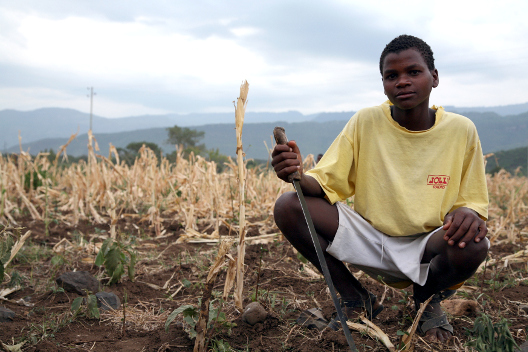

Global emissions trends, international greenhouse gas mitigation targets and agreements are also presented, including different perspectives of emission accounting per country. Specific attention is given to developments in shale gas and oil production and oil sands production and their impact on CO2 emissions. At a country level, Ethiopias Climate Resilient Green Economy Strategy (CRGE) estimates that national emissions from transport will grow from around 5 Mt CO2. Chapter 2 presents a summary of recent CO2 emission trends, per main country or region, including a comparison between emissions per capita and per unit of Gross Domestic Product (GDP), and of the underlying trend in fossil-fuel production and use, non-fossil energy and other CO2 sources. More details are provided in Annex 1 over the 2010-2012 period, including a discussion of the degree of uncertainty in national and global CO2 emission estimates. The report clarifies the CO2 emission sources covered, and describes the methodology and data sources. This assessment focuses on the changes in annual CO2 emissions from 2011 to 2012, and includes not only fossil-fuel combustion on which the BP reports are based, but also incorporates other relevant CO2 emissions sources including flaring of waste gas during gas and oil production, cement clinker production and other limestone uses, feedstock and other non-energy uses of fuels, and several other small sources. This paper examines the energy-related CO2.
#Co2 emission in ethiopia drivers
Currently, Ethiopia is the third largest CO2 emitter in East Africa, yet no comprehensive study has characterized the major drivers of economy-wide CO2 emissions. It is our ambition to support local African or Ethiopian offsetting projects in the future, generating an impact in the environment in which we operate.This report discusses the results of a trend assessment of global CO2 emissions up to 2012 and updates last year's assessment. Ethiopia, among the fastest growing economies worldwide, is witnessing rapid urbanization and industrialization that is fueled by greater energy consumption and high levels of CO2 emissions.

OCW Saving the ozone layer from India Project BrochureĮach project goes through a strict vetting process and is directly overseen by the United Nations. This directly supports the mitigation of water and natural resources scarcity in and around the project area. Moreover, this project contributed to the construction of water management structures like check dams. The remainder of our carbon credits for 2019 supports wind energy projects in India.įor 2020 our carbon credits are linked to a project in India that results in significant reductions of GHG emissions by converting HFC (hydrofluorocarbon) gases into substances with no or lower global warming potential. Ethiopia has set targets to slash carbon emissions by two-thirds within the next 15 years. The project is also certified by the FSC (ensuring fair wages, sustainable forest management, etc.), and the carbon credits generated by this project have been retired by VERRA, the world’s largest environmental registry. This project lasts for 100 years, covers 18,000 hectares, and is verified by the Rainforest Alliance. The NDC covers key sectors such as agriculture, forestry, transport, electric power, industry and construction. The NDC builds on the CRGE strategic priorities and envisages an ambitious 64 emissions reduction compared to the business-as-usual (BAU) scenario. With the carbon credits bought in 2019 we supported La Pitanga / Weyerhaeuser – a reforestation project in Uruguay, South America. Ethiopia was among the first countries to submit its Intended NDC in 2015. With these verified carbon credits (VERs) various project arounds the world can be financially supported. Ethiopia: State Launches Carbon Emission Reduction Project The Ethiopian Herald (Addis Ababa) By Homa Mulisa Oromia Forested Landscape Project (OFLP), a new climate resilient initiative. The Zivot-Andrews unit root test and Clemente-Montanes-Reyes unit root test reveal that some of the variables under consideration are stationary at level while. Hence, this study examines the link between income inequality, economic growth and CO 2 emissions in Ethiopia for time span covering 1979-2014 using ARDL bounds test and DOLS approach to cointegration. Based on validated emission figures, carbon credit certificates are issued. What share of global CO2 emissions are emitted by the country What share of global cumulative CO2 has the country emitted Coal, oil, gas, cement: how much does each contribute to CO2 emissions What share of CO2 emissions are produced from different fuels How are CO2 emissions from different fuels changing Other greenhouse gas emissions. The relationship between income inequality, economic growth, and CO 2 emissions is ambiguous both theoretically and empirically.


 0 kommentar(er)
0 kommentar(er)
